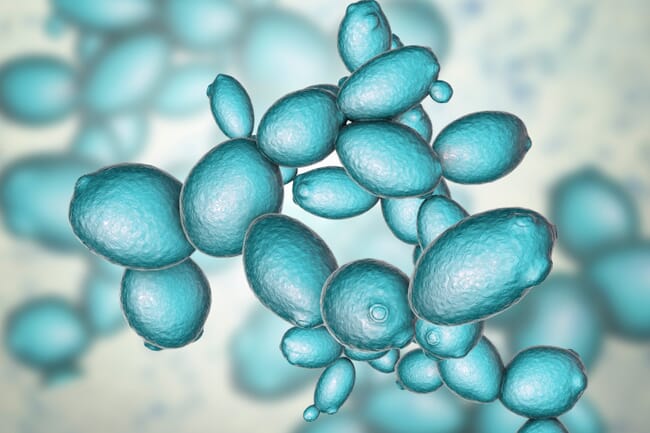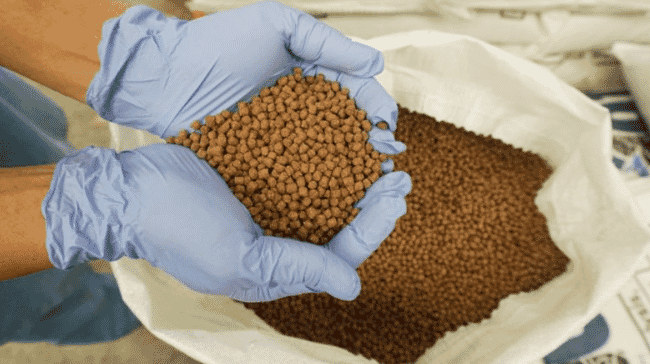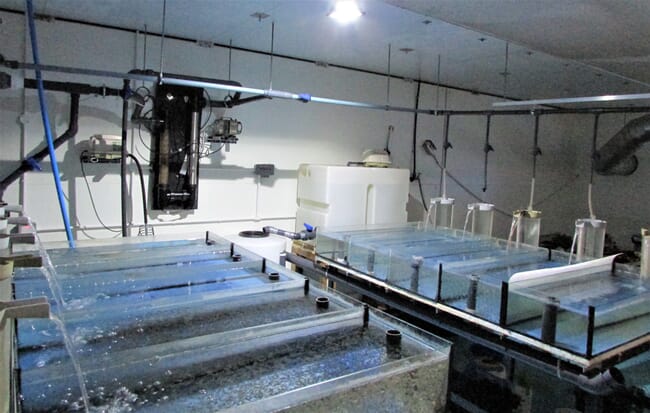
The case for using probiotics like bakers’ yeast in tilapia production is getting stronger. A recent study published in the journal Aquaculture Reports has found that using 4 g of S cerevisiae per kg of aquafeed yielded multiple production benefits, like improved growth and feed utilisation. The research team also found that supplementing Nile tilapia diets with yeast changed the fishes’ intestinal morphology. Intestinal biopsies showed that fish that were fed a probiotic diet had larger villi and more goblet cells, suggesting that they were better able to extract nutrients from their diets and had a stronger immune system.
Based on these findings, the researchers recommend classing bakers’ yeast as an essential probiotic and sustainable growth promoter for tilapia farming. However, they say that more research should be conducted to understand its role in immune responses and disease resistance.
Why probiotics are becoming more popular
Feed inputs for farmed tilapia can account for nearly 70 percent of total production costs. Finding a way to reduce this expenditure without sacrificing fish welfare and performance is critical for the sector to remain profitable. Dietary probiotics have been floated as a potential solution, allowing farmers to improve fish nutrition and increase production without spending more on aquafeed.

© RH Ledesma
Trials in other fish species have shown that probiotics like S cerevisiae are an eco-friendly way to boost fish production. Adding bakers’ yeast to fish diets has improved growth rates and overall gut health. Other studies in freshwater species have found that S cerevisiae improves immune responses and can prevent in-pond diseases like Streptococcus iniae.
Though multiple studies have found that bakers’ yeast can improve growth performance, stress tolerance and disease resistance in Nile tilapia, fewer studies have focused on the impact probiotic yeast has on the fishes’ intestinal morphology. This gap in the literature means that researchers have been able to identify improvements when using probiotics but are not always sure why they occur.
The current study
Researchers at Bangladesh Agricultural University purchased healthy tilapia fingerlings that had initial average lengths of 7.6 ± 0.48 cm and mean weights of 7.55 ± 1.25 g. After being acclimatised, they were split into four cohorts and were stocked into 12 glass aquaria (75 cm × 45 cm × 45 cm) with 100 litres of clean water.

The researchers incorporated S cerevisiae into the tilapias’ basal diets at different concentrations per kg. The control group received no probiotic yeast and the other three experimental cohorts received the yeast supplement at 1 g per kg of aquafeed, 2 g per kg of feed and 4 g per kg of feed. The researchers fed the fish for 60 days.
The researchers found that tilapia that were fed a diet of 4 g yeast per kg aquafeed had the highest weight gain percentage and specific growth rate – significantly outperforming fish in the control group and other experimental cohorts. The feed conversion ratio in the 4 g group was reduced, meaning that the fish were using their feed more efficiently. No mortalities were recorded in any of the cohorts during the trial, suggesting that probiotic supplementation didn’t have a significant impact on the fishes’ overall survivability.
When the researchers biopsied the tilapias’ intestines, they found that administering probiotics influenced the length, width and area of villi, finger-like structures on the walls of the intestine. In this case, the probiotics caused the villi to become larger, and fish in the 4 g cohort showed the most dramatic changes. Probiotic supplementation also significantly increased the flattening of the intestinal mucosal fold, the width of lamina propria, the width of enterocytes and the number of goblet cells.
These changes indicate that fish in the probiotic cohorts – especially those being supplemented at 4 g per kg of feed – were better able to absorb key dietary nutrients. The probiotics increased the total surface area of the villi, enhancing the gut’s capacity to absorb essential nutrients and ultimately, elevate the growth performance of the tilapia.
Other morphological changes, like the improved mucosal response and number of goblet cells, suggest that the probiotics improved the fishes’ immune systems. The increased presence of goblet cells and enhanced mucosal folds means that fish have more physical and chemical defensive barriers to protect them from infection. These responses can trap and remove pathogens in the gut and prevent the pathogens from attaching to intestinal tissues.
The researchers concluded that bakers’ yeast should be classified as an essential probiotic. They also felt that their results demonstrated its efficacy as a sustainable and eco-friendly growth promoter for farmed tilapia.




